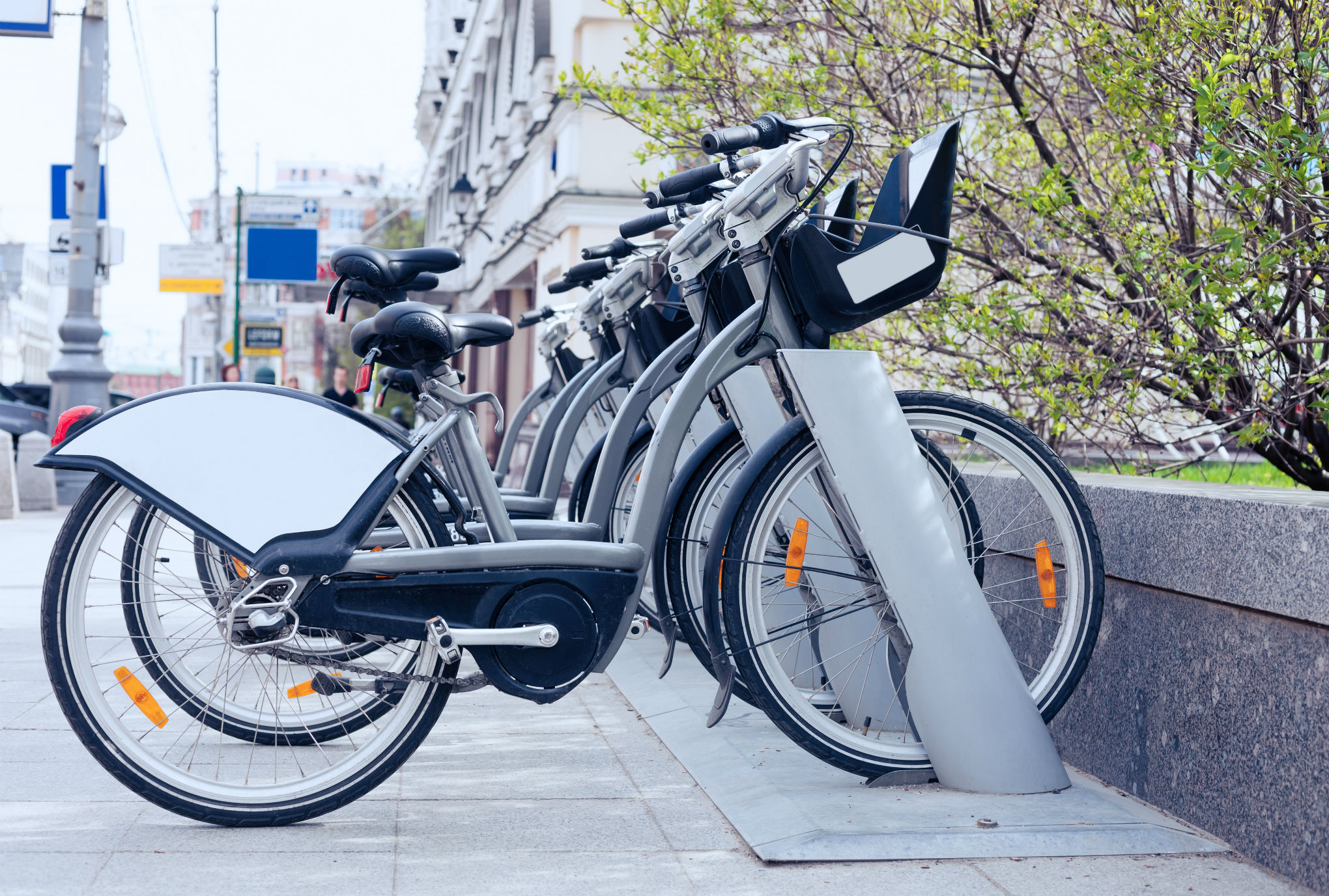
Bike Share Programs Are Safe
As more bike share programs crop up around Colorado, many people wonder whether they are safe. Should a family pick up bikes near Denver Botanic Gardens and ride the few blocks to the Denver Zoo? Should a young woman rent a bike on campus to make a quick run to her favorite Trader Joe’s? The answer seems to be a resounding “yes,” so long as riders know how to ride safely.
In 2016, Mineta Transportation Institute released an analysis of bike-sharing safety. Since 2010, most major cities had one or more bike-sharing programs, including Denver. Yet for all of the people renting bikes for long and short trips, no fatal accidents had occurred in the U.S. Additionally, accident and injury rates for the bike-sharing programs in the study were lower than for previously established personal cycling accident and injury rates.
There is no definite reason why bike-share programs experience fewer collisions and injuries, though researchers have some insight. A few theories include:
- Bike share bicycles may be more colorful, visible, and recognizable to drivers.
- Bike share riders may be inherently more cautious.
- Bike share bicycles are designed for slower, stable rides.
However, people should not take their safety for granted. Before renting, they should give the bike a thorough look over. Look at the tires, are they inflated or flat? Look at the brakes, are the wires intact? Give the brake handles a squeeze to ensure there is resistance. Do any screws or chains look loose? If a rider is worried about any part of the bike, he should rent a different one and notify the bike share program of the issue.
Sharing the Road
Most people are not renting a bike to go on miles-long trail rides or one of the routes we compiled. Instead, bike shares are often used to get from point A to point B quickly. This could be in downtown Denver, on one of the many campuses, or even to get from Stapleton to Marston, if someone is ambitious. All of this requires navigating the city, and since riding on sidewalks is generally illegal, bike share customers need to know how to safely share the road with vehicles.
To share the road, cyclists should:
- Ride in the same direction as traffic.
- Ride as far to the right as is safe, but avoid riding in the gutter or too close to the curb.
- Use bike paths whenever they are available.
- Obey all traffic signals, including stop signs and red lights.
- Do not weave in and out of traffic.
- Wear bright, visible clothing.
- Ride at a reasonable speed and keep enough distance from vehicles to be able to react to changes in traffic or something unexpected.
- Make their intentions clear and obvious to drivers, particularly about turning.
- Be as predictable as possible.
Despite a cyclist’s best efforts to safely share the road with cars, accidents happen. When a cyclist is injured in a bicycle-vehicle collision, they should contact Denver bicycle accident attorney Jennifer L. Donaldson at (303) 458-5000 or through our online form.

















